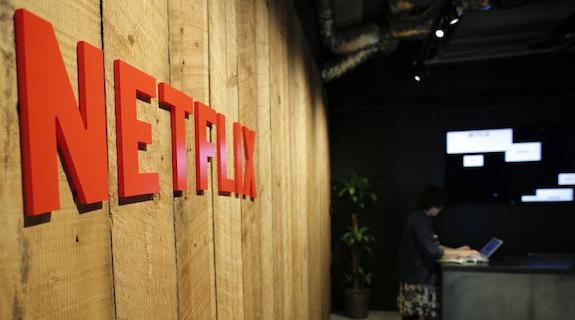The U.S. market for subscription-based streaming video services (SVOD) may soon be saturated, a new study from Boston-based Strategy Analytics finds, even as new services from CBS, Showtime, Starz and others keep coming on line. Still, the market remains quite healthy.
U.S. consumers will spend $6.62 billion on video streaming services such as Netflix, Amazon Prime and Hulu in 2016. Although this represents a $1.19 billion — or 22%— increase on 2015, it’s the first time ever that year’s increase was lower than the year before’s — in 2015, the amount of money people spent on SVOD services was $1.21 billion.
“Although the change in increase is relatively small, its direction is extremely significant,” says Michael Goodman, Strategy Analytics’ digital media director, in a statement. “It shows that, whilst actual market saturation is a few years off yet, the domestic U.S. streaming subscription market is now on the backside of the adoption curve. The incremental increase in annual spend will decline from here on.”
Accordingly, the group predicts that in 2017 the growth will fall to $1.04 billion, $1.03 billion in 2018, $960 million in 2019 and so on. This is why Netflix and others are expanding internationally.
According to Strategy Analytics, nearly 60 percent of U.S. households with broadband service subscribe to a video-streaming service, says Goodman: “We put market saturation at 85 percent of broadband households – similar to saturation levels for pay TV. Within five years, annual growth will fall below eight percent.”
Netflix remains by far the market SVOD leader in the U.S., with 53 percent of subscriptions, more than double Amazon Prime Video with 25 percent and Hulu with 13 percent. Nearly 40 percent of households that subscribe to an SVOD service subscribe to at least two, the study finds.
“This multi-subscription behavior means growth relies on cannibalizing other services or getting people to subscribe to more than one — and companies seem to be betting on the latter,” says Goodman. “Most of the new services being launched today are in the $2 - $5 range — clearly designed to be complementary to a Netflix or Amazon. The domestic situation is also a huge reason why international expansion is so important, this is underscored by Amazon’s recent video initiatives, and is particularly relevant for Netflix who has the least room to grow in the U.S.”
SVOD accounts for 35 percent of consumer spend on home video in 2016, finds Strategy Analytics. Meanwhile, DVD and Blu-Ray is expected to drop 7 percent to $5.67 billion — or 30 percent of consumer spend — in 2016. Disk rentals are expected to decline 10% to $2.75 billion, a 14 percent share of the total consumer spend.
Downloading-to-buy is expected to gain 17 percent to a total of $2.2 billion in revenue, while downloading-to-rent will fall 5 percent to $1.84 billion.
Still, Americans continue to spend more on home video, in whatever format. In 2016, Americans will spend $19.09 billion on home video, a 3.6 percent increase over last year and the equivalent of $13.42 per household per month.
Advertising around paid video also is on the rise, growing 21 percent in 2016 to $8.82 billion, and bringing total revenues around the home video market to $27.3 billion, up 8.3 percent.
[Image courtesy of The Hollywood Reporter, via Bloomberg/Getty Images]
Tags:













































__twocolumncontent.jpg)











